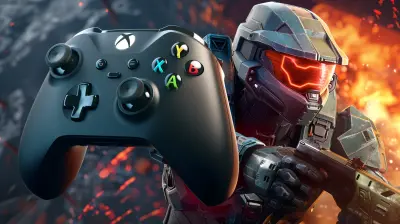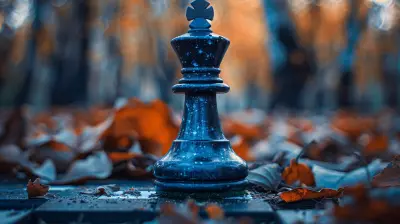Weapon Durability: Does It Enrich or Frustrate Player Experience?
15 September 2025
If you're a gamer, chances are you've encountered weapon durability in at least one of your favorite titles. You know the drill: you’re mid-combat, swinging your trusty sword, and… snap! Your weapon breaks, leaving you scrambling to swap it out for a backup. Frustrating, right? Or maybe, just maybe, you find that added layer of challenge exciting and engaging.
Weapon durability has been a hot topic in gaming communities for years. While some developers see it as a way to spice up gameplay, a good chunk of players often view it as an unnecessary headache. So, let’s break this down: does weapon durability enrich gameplay, or does it just leave players rage-quitting? Let’s dive in.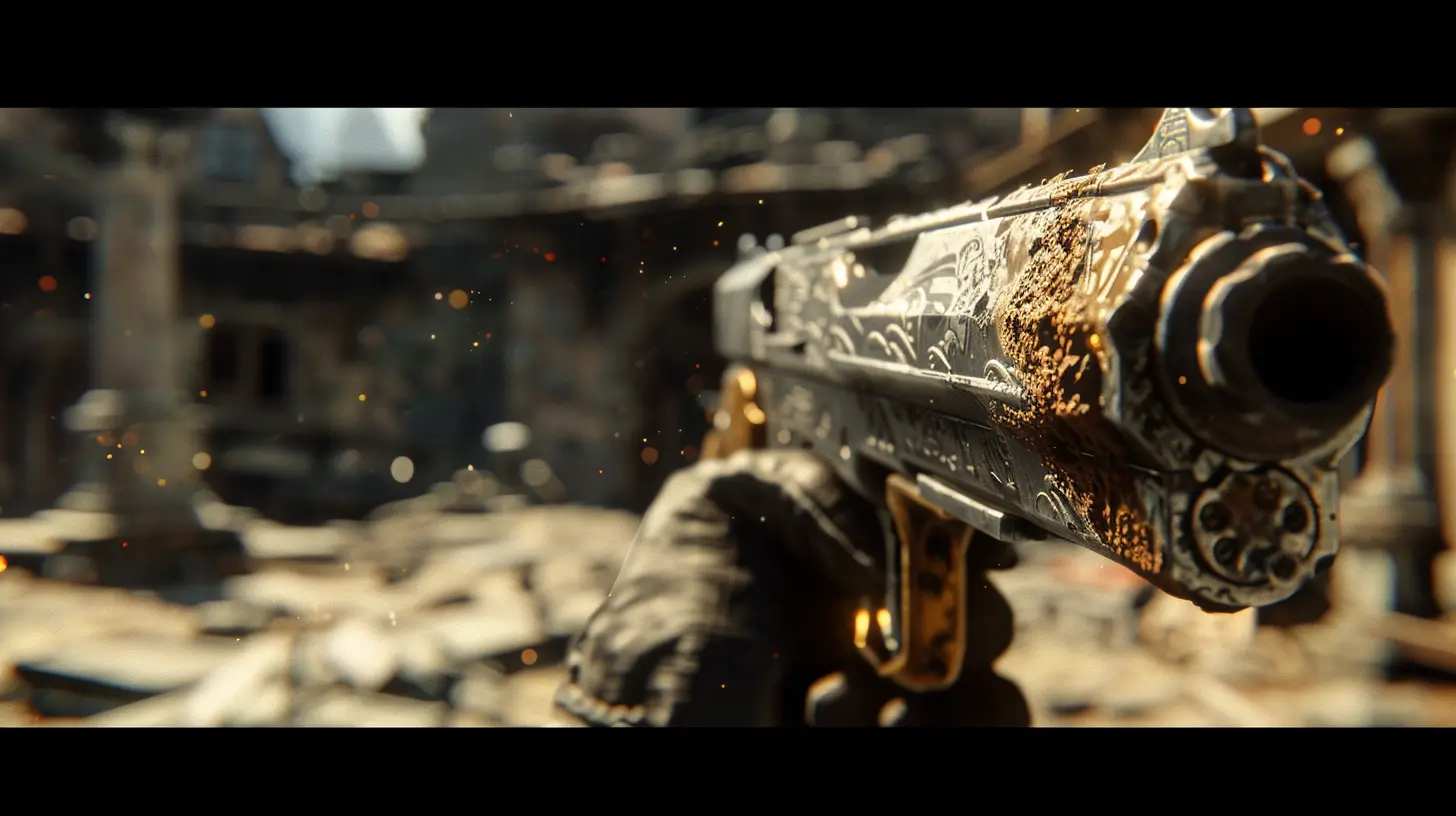
What Is Weapon Durability Anyway?
First, let’s get everyone on the same page. Weapon durability is a game mechanic where your weapons have a finite lifespan. Over time, as you use them (or abuse them), they degrade and eventually break. Sounds simple, but it’s a mechanic that sparks a lot of debate.Think of it like this: weapons in games with durability work sort of like real-life tools. Use a hammer to pound nails all day, and eventually, the handle might crack. Swing a sword endlessly at enemies? It’s bound to get dull or outright shatter. The concept makes sense, but does it work well in practice? That’s the million-dollar question.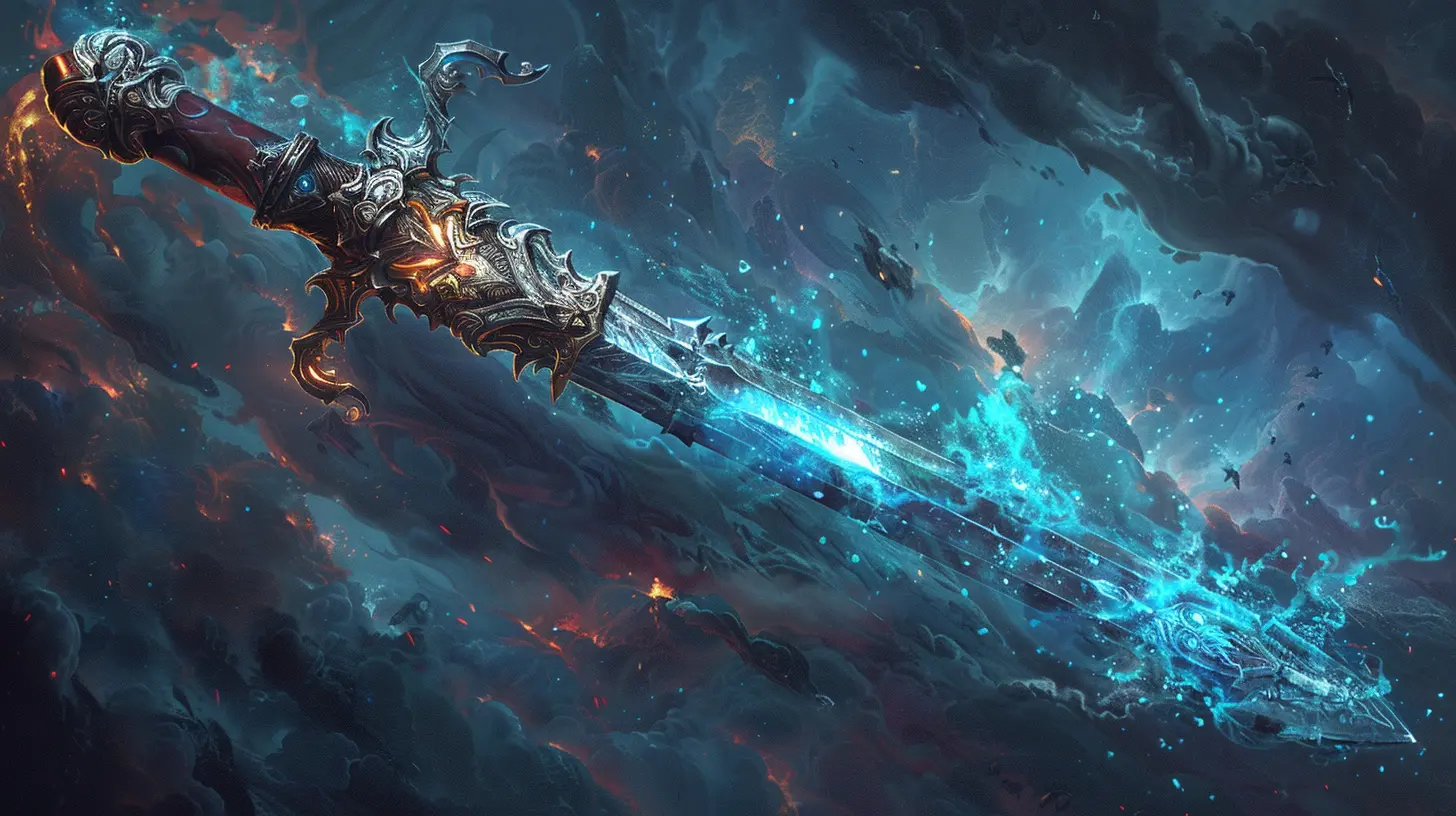
The Case for Weapon Durability: Why It Can Enrich Gameplay
Let’s start by giving durability the benefit of the doubt. Sure, it can be annoying when your favorite weapon breaks, but developers include this feature for more reasons than just making your life harder (even though it sometimes feels like it).1. Encourages Strategic Thinking
Weapon durability forces players to think outside the box. Rather than hacking at every enemy with the same weapon over and over, you have to consider when and where to use it. Is it worth wasting your rare, high-damage sword on a low-tier enemy, or should you save it for a challenging boss fight? These decisions add a layer of strategy to gameplay.Take The Legend of Zelda: Breath of the Wild as a prime example. Here, every weapon eventually breaks, which encourages you to experiment with different weapons and adapt your combat strategy on the fly. In many ways, it mirrors real life—no tool is invincible. And let’s face it, those spur-of-the-moment adjustments can make encounters more exciting.
2. Promotes Resource Management
Durability goes hand-in-hand with resource management. In games where items like weapons and armor degrade, players are often forced to scavenge for replacements, repair broken equipment, or craft new gear. This keeps the gameplay loop fresh by giving you something to constantly work towards. It’s not just about killing enemies; it’s also about preparing for the next encounter.Survival games like Rust or Minecraft are built on this premise. Without durability, the whole "scavenge, upgrade, survive" loop would lose a big chunk of its appeal. It’s all about keeping players engaged by giving them constant goals to pursue.
3. Increases Immersion
Let’s not forget realism. While no one is asking for hyper-realistic durability mechanics in every game, some players find that it makes the in-game world feel more believable. After all, wouldn’t it feel a little weird if you could swing the same sword for 100 hours and not see a single scratch on it?For games that lean into realism, like The Witcher 3, durability adds to the immersion. You might find yourself visiting a blacksmith to fix your battered sword after a long quest, and that downtime adds to the lived-in feel of the world. It’s a small touch, but it can make a big difference.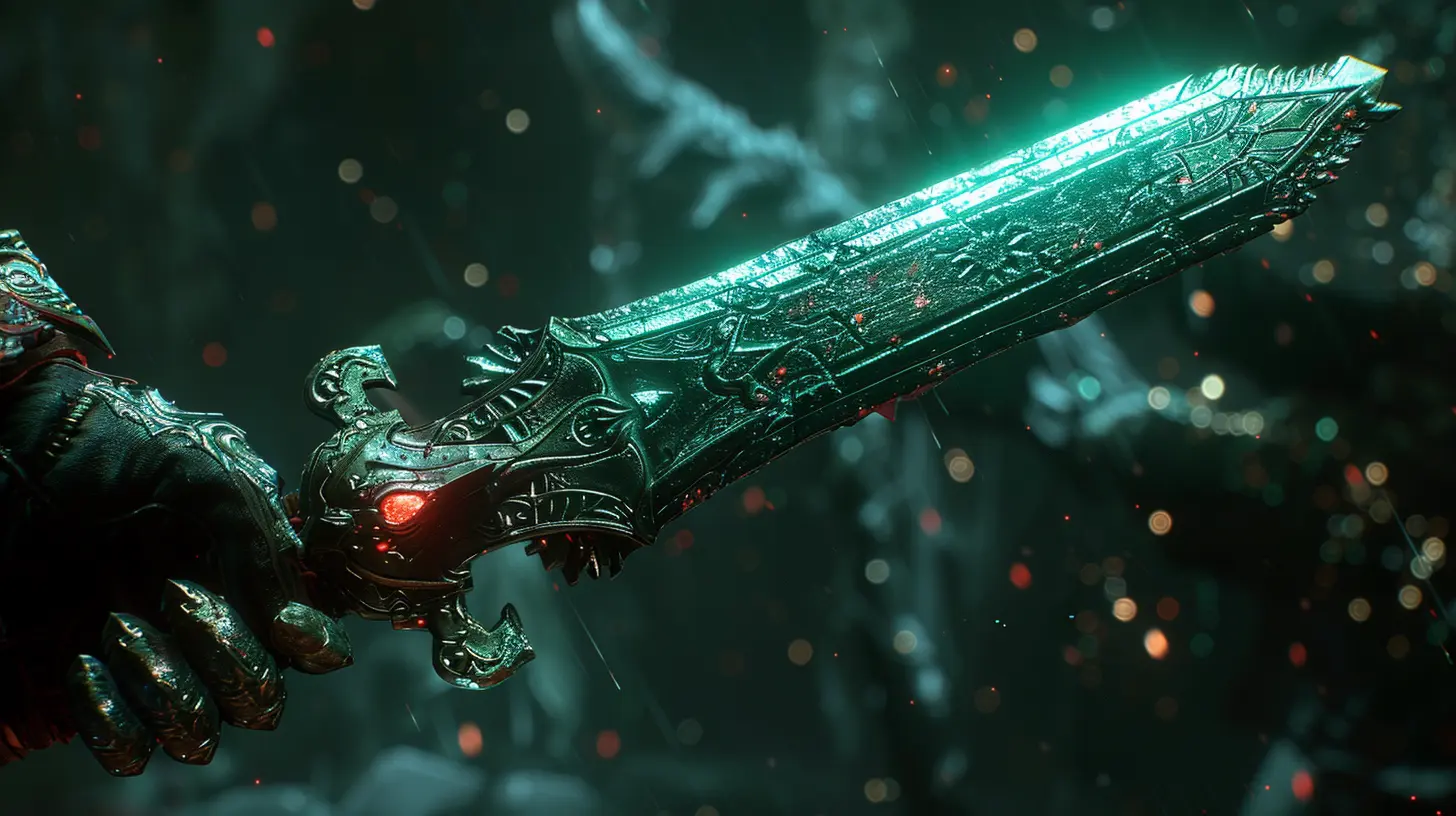
The Case Against Weapon Durability: Why It Frustrates Players
As much as weapon durability has its merits, let’s not sugarcoat it—this mechanic can be a royal pain. While it’s supposed to add depth, more often than not, it just feels like an arbitrary limitation. Let’s explore why.1. Breaks the Flow of Gameplay
Picture this: You’re in the middle of an epic fight, adrenaline pumping, and suddenly—boom!—your weapon breaks. Momentum? Instantly gone. Frustration? Sky-high.One of the biggest complaints against durability systems is how they interrupt the flow of gameplay. For players, there’s nothing worse than being forced to dig through your inventory mid-battle to find a replacement weapon. It’s clunky, it’s annoying, and it can completely kill the vibe.
2. Feels Like Artificial Difficulty
Let’s be honest—sometimes durability feels less like a way to encourage smart play and more like a cheap way to make games harder. Instead of increasing enemy variety or complexity, developers can throw in durability as a way to prolong gameplay. It’s like putting an artificial roadblock in your path just for the sake of it.Take Dark Souls for instance. While many aspects of the game’s difficulty feel well-earned, some players argue that weapon durability is more of a nuisance than an engaging challenge. Sure, it’s manageable, but is it fun? That’s debatable.
3. Punishes Attachment
One of the joys of gaming is finding a weapon that feels “just right.” Maybe it’s a rare sword with perfect stats or a bow with just the right range. But in games with durability, you’re almost discouraged from forming an attachment to weapons because they’re doomed to break.This can feel especially harsh in games like Breath of the Wild, where even the coolest weapons are temporary. While some players enjoy the cycle of finding new gear, others feel robbed of the satisfaction of mastering a single weapon. It’s like finding the love of your life, only to be told they’re moving away next week.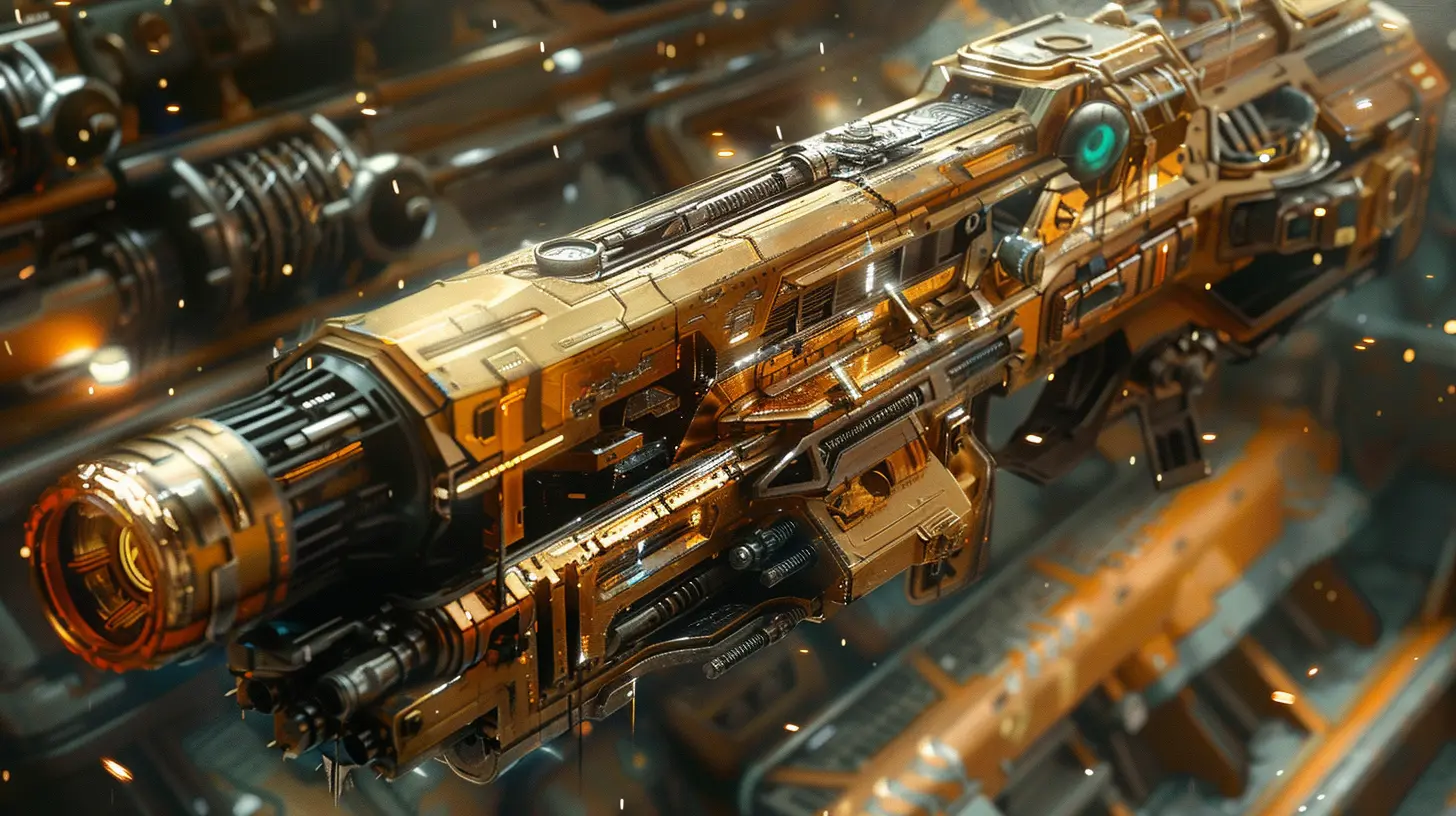
The Balancing Act: Can Developers Please Everyone?
So, where’s the middle ground? Can weapon durability be implemented in a way that satisfies both camps? Well, that depends on how developers choose to balance it.1. Repair Systems to the Rescue
One way to make durability less frustrating is to offer repair options. Games like The Witcher 3 and Elden Ring let you fix your weapons, which makes the system feel less punishing. Instead of losing a beloved weapon forever, you just need to invest some resources or currency to restore it. It’s a compromise that keeps the mechanic without alienating players.2. Gradual Degradation Instead of Sudden Breakage
Rather than having weapons snap mid-battle, some games handle durability more gradually. Monster Hunter uses this approach, where your weapon becomes less effective as it dulls but doesn’t outright break. This way, you’re encouraged to maintain your equipment without the constant panic of replacing it.3. Make It Optional
Another solution? Give players the choice. Some games include durability as an optional feature or in higher difficulty modes. This way, players who want the extra challenge can opt-in, while those who’d rather enjoy the game without it can skip it.Final Verdict: Enriching or Frustrating?
Weapon durability is one of those love-it-or-hate-it mechanics. It can add depth, strategy, and immersion when done right, but it can also be a major source of frustration when done poorly. Ultimately, whether it enriches or frustrates your experience comes down to personal preference—and how well the mechanic is implemented.For developers, the key is balance. Give players the tools to manage durability without making it an overwhelming burden. And for players? Maybe next time your weapon breaks, take a deep breath, grab a backup, and swing away. Who knows? You might just find the system less annoying than you thought.
all images in this post were generated using AI tools
Category:
Game MechanicsAuthor:

Leandro Banks
Discussion
rate this article
1 comments
Francesca Wilson
Great topic! Weapon durability adds an intriguing layer to gameplay, but I’m torn—does it enhance strategy and resource management, or just lead to frustration? Would love to hear others' thoughts!
September 16, 2025 at 3:54 PM

Leandro Banks
Thank you for your comment! Weapon durability can indeed enhance strategy by forcing players to manage resources wisely, but it can also cause frustration if not balanced well. It ultimately depends on the game's design and player preferences.

